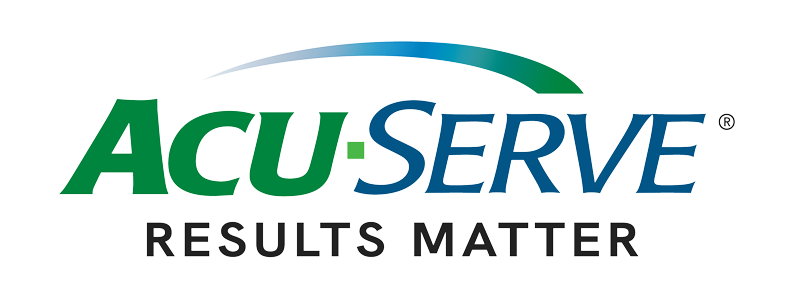Maximizing Operational Efficiencies in the HME Revenue Cycle

In the intricate landscape of healthcare, operational efficiencies play a pivotal role in ensuring the seamless functioning of various processes within the revenue cycle continuum. For those of you who are new or still in the learning stages of the industry seeing to enhance you understanding, this blog dives into the core concepts of operational efficiencies within this area, focusing on the vital importance of optimizing processes for HME providers and their role in healthcare.
Understanding the HME Revenue Cycle
Before delving in, let’s establish a basic understanding of the HME revenue cycle. The revenue cycle encompasses the entire financial journey of the claim when providing equipment/services to patients, starting from the initial order to the final payment collection. This cycle involves multiple stages: patient intake, order processing, claims submission, denial/AR management, and payment application.
The Significance of Operational Efficiencies
Operational efficiencies refer to the optimization of processes and workflows to reduce costs, streamline operations, minimize errors, and ultimately increase the revenue collection process. These efficiencies are crucial as they impact various aspects of the revenue cycle:
- Patient Intake and Documentation: A well organized patient intake process and a firm understanding of the various medical coverage criteria set forth by the payers prevents errors and delays in later stages, enabling better opportunities for payment collection.
- Order Processing: Effective order processing within your system ensures that equipment/supplies are accurately entered, matching the prescribed equipment with the corresponding insurance coverage parameters.
- Billing and Claims Submission: Accurate billing practices and timely submission of claims are key to preventing denials and delays in reimbursement. As well as reducing your risk of claim audits. A robust understanding of medical necessity and billing guidelines by payer is needed to increase your opportunity for collection success.
- Reimbursement and Payment Collection: Effective management of denials and AR as well as follow-up on outstanding balances are critical to maintaining a healthy cash flow. Monitoring your denials and AR with solid processing procedures that are followed throughout your collection department will ensure that outstanding claims are addressed promptly.
Strategies to Achieving Operational Efficiencies:
- Automation: Implementing automation through available technology can significantly reduce manual errors and improve speed for providers. Using your software platform(s) features to their fullest potential can assist your team, freeing up their time for more strategic tasks.
- Standardization: Developing standardized processes and workflows reduces ambiguity and helps staff members follow consistent procedures. Have updated SOPs (standard operating procedures) minimizes errors and speeds up the revenue cycle.
- Training and Education: Training is simply one of the most important aspects within an organization that directly correlates to collection success. Regular training sessions ensure that team members are well-versed in the latest industry regulations, coverage criteria, company workflows, expectations, and performance goals.
- Data Analytics: Leveraging data analytics tools enables providers to identify bottlenecks, areas for improvement, and patterns in claims denials. It’s not just running reports, it takes time to review, understand, determine the root cause, and develop a plan to improve performance. This insight empowers decision making for enhanced efficiency.
- Quality Assurance: Implementing regular audits on staff work products allows for you to be proactive in catching errors and training opportunities before they become costly problems. These measures help to ensure that the revenue cycle is operating optimally.
Benefits of Operational Efficiencies
Implementing operational efficiencies within your organization offers several benefits:
- Reduced Costs: By minimizing errors and speeding up processes through automation, training, and analytics there are reduced administrative costs and increased revenue collection opportunities.
- Faster Reimbursement: Efficient workflows result in faster claims processing improving cashflow and better financial stability.
- Compliance Adherence: Through planned auditing practices of your team’s work, you will maintain compliance with the ever-changing regulations and billing guidelines. Thereby reducing your chances of recoupments.
- Strategic Focus: As routine tasks are automated and streamlined, staff can dedicate more time to strategic duties such as optimizing payer relationships and exploring revenue growth opportunities.
Take Control of your Revenue Cycle
Efficient revenue cycle management is essential for providers to thrive in today’s healthcare landscape. By embracing automation, integration, standardization, adhering to coverage criteria, and data-driven practices, you can optimize your processes to ensure timely reimbursement. To learn more about maximizing your operations and taking control of your financial success, contact us today.
